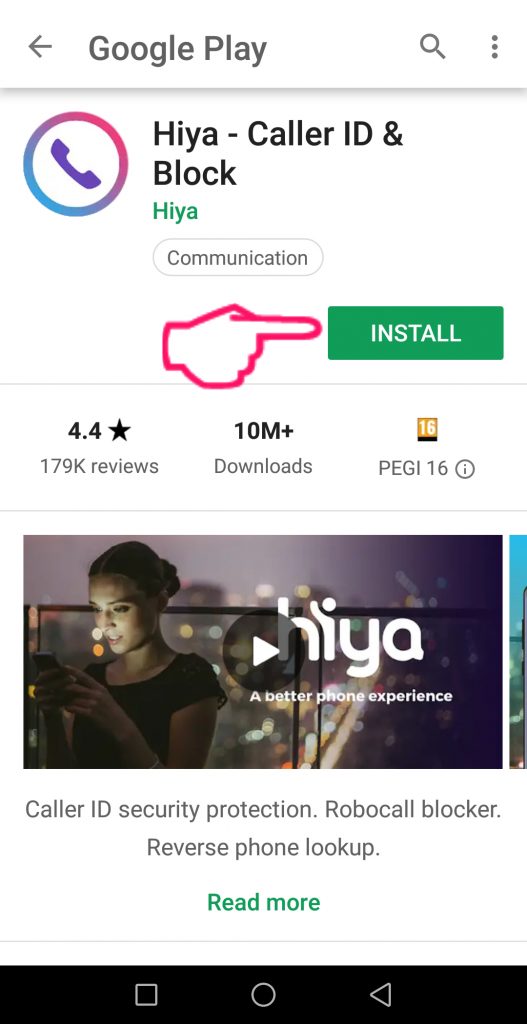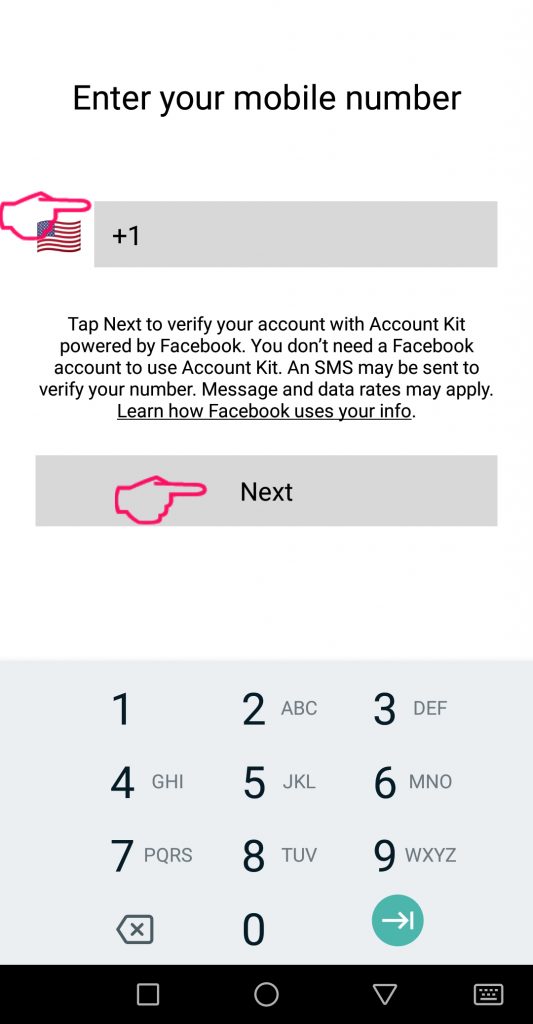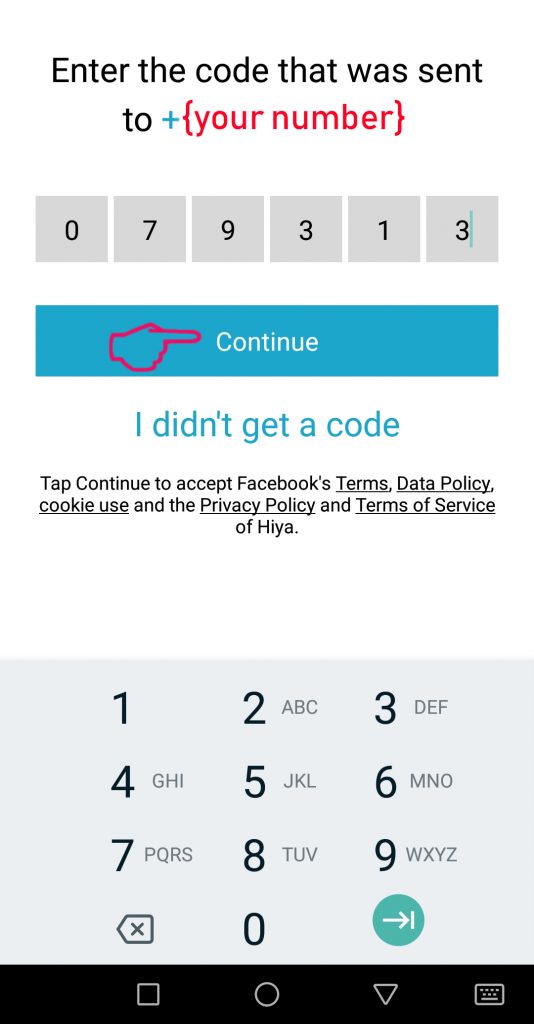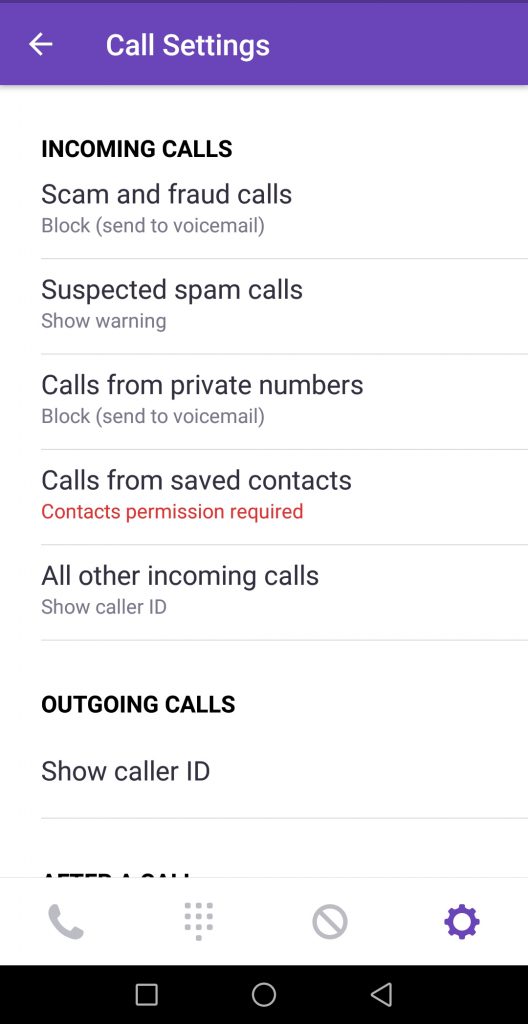 This information page has been created to explain whether or not you should trust calls coming from +1-877-842-2107 or if it is a scam number or no.
This information page has been created to explain whether or not you should trust calls coming from +1-877-842-2107 or if it is a scam number or no.
People have summed up online complaints about calls coming from +1-877-842-2107, claiming to be from Comcast. The calls seem to be coming because the user has exceeded his or her long distance minutes allowed by carrier. Read this page to learn if the +1-877-842-2107 number is legitimate or a scam.

Number Summary
| Number | +1-877-842-2107 |
| Scam or Legitimate | Scam Call |
| Origin | The scammers pretend to be calling from a company, called Comcast. |
| Activity | The scammers aim to call the victim, claiming they have exceeded their long distance minutes and they even leave messages “concerning digital phone security”. The scammers ask to pay money in order to fix the issues with Comcast. |
| Risk Level | High |
| Call Blocking Tool | See how to block calls coming from +1-877-842-2107:
|
| User Experience | Join Our Forum to Discuss +1-877-842-2107 Calls. |

+1-877-842-2107 Scam Calls – More Information
There have been multiple reports, associated with the number +1-877-842-2107. The callers(scammers) claim to be calling from Comcast and they may present the following problems to victims:
- Problems with their digital phone security.
- Late phone bill.
- Exceeded minutes limit.
- Changed password.
The callers even contact victims via Xfinity chat. One user (Lynette Yarnell) has reported that her password has been changed and she received an e-mail from the scammers, who pretend to be Comcast and this is how her conversation went:
CHAT STARTED AT Jan 9, 2018 12:53:09 PM
12:53 PM Lynette Yarnell : I got an email confirming my new password change. I haven’t changed my password. What do I do now?
—You are now chatting with Nancy—
12:53 PM Nancy : Hi Lynette, thank you for contacting Xfinity Chat Support. My name is Nancy. Please give me a moment to review your account information.
12:53 PM Nancy : Hello Lynette, how are you doing today?
12:53 PM Lynette Yarnell : Hi Nancy, thank you
12:53 PM Nancy : Your Welcome.
12:54 PM Nancy : Don’t you worry, I’ll help you stop the unauthorized login or changes done to your account.
12:54 PM Nancy : Can you help me with your account number?
12:54 PM Lynette Yarnell : Thank you so much
12:54 PM Nancy : Your welcome.
12:55 PM Nancy :
Can you help me with your account number?
12:55 PM Lynette Yarnell : Sorry, I’m looking for my account number….I’m not home currently….
12:55 PM Lynette Yarnell : searching emails to see if its attached
12:55 PM Nancy : Not an issue, can you help me with your billing address?
12:56 PM Lynette Yarnell : sure! its XXXXXXXXXXX
12:57 PM Nancy : Thanks for the details, I have pulled up your account.
12:57 PM Nancy : Lynette, As I check the status of your account is compromised.
12:58 PM Nancy : That means there are multiple incorrect login done on your account.
12:58 PM Lynette Yarnell : Wow!
12:58 PM Lynette Yarnell : Um, what do i do now?
12:59 PM Nancy : Please call on this number 877-842-2107..
12:59 PM Nancy : And inform them about the same.
12:59 PM Lynette Yarnell : ok! Thank you!
12:59 PM Nancy : They will get the password resolved and also make sure that there are no unauthorized attempts on the account.
1:00 PM Nancy : Your welcome, Is there anything else I can help you with?
1:00 PM Lynette Yarnell : No, you have been a great help. Thank you Nancy
1:00 PM Nancy : Please click on the ”X” symbol on the TOP right hand corner of the page to take the survey.
1:00 PM Nancy :
Thank you for choosing Xfinity and have a great day!
1:00 PM Lynette Yarnell : Ok! Will do!
Source: 800notes.com
How Do I Stop (Block) a Scam Call from +1-877-842-2107 Without Picking Up?
Since some scams can become dangerous for you as soon as you pick up, because they may also subscribe you to various types of SMS services or generate impulses that make your phone bill to rise up quite fast, we have decided to provide you with insight on how you can use several simple applications that will certainly prevent scammers from even calling you. Let’s begin!
If you are using a smartphone, then the most automated solution is to use conventional call blocker. But traditional call blockers do require you to add numbers to your blacklist which does not do the job. This is why, we recommend using smart apps, such as Hiya Caller ID and Block. The application can block robotized calls and scam calls automatically, since it keeps an updated database of scammers. Here is how to set it up:
Step 1: Open the Hiya app in PlayStore by tapping on the button below:
Step 2: Install the application and Run It:
Step 3: Accept the terms and tap on “GET STARTED”.
Step 4: Enter your phone number and tap on Next:
Step 5: You will receive a code. Enter it and tap to continue:
Step 6: Login with your Facebook or Google account to begin:
Step 7: The app is now set up and you can now use it to call numbers via It. It will automatically remain active and hidden in the background so that once you receive a call, it will block it. The app also has settings to block private numbers as well:
- Windows
- Mac OS X
- Google Chrome
- Mozilla Firefox
- Microsoft Edge
- Safari
- Internet Explorer
- Stop Push Pop-ups
How to Remove from Windows.
Step 1: Scan for with SpyHunter Anti-Malware Tool



Step 2: Boot Your PC In Safe Mode





Step 3: Uninstall and related software from Windows
Here is a method in few easy steps that should be able to uninstall most programs. No matter if you are using Windows 10, 8, 7, Vista or XP, those steps will get the job done. Dragging the program or its folder to the recycle bin can be a very bad decision. If you do that, bits and pieces of the program are left behind, and that can lead to unstable work of your PC, errors with the file type associations and other unpleasant activities. The proper way to get a program off your computer is to Uninstall it. To do that:


 Follow the instructions above and you will successfully uninstall most programs.
Follow the instructions above and you will successfully uninstall most programs.
Step 4: Clean Any registries, Created by on Your PC.
The usually targeted registries of Windows machines are the following:
- HKEY_LOCAL_MACHINE\Software\Microsoft\Windows\CurrentVersion\Run
- HKEY_CURRENT_USER\Software\Microsoft\Windows\CurrentVersion\Run
- HKEY_LOCAL_MACHINE\Software\Microsoft\Windows\CurrentVersion\RunOnce
- HKEY_CURRENT_USER\Software\Microsoft\Windows\CurrentVersion\RunOnce
You can access them by opening the Windows registry editor and deleting any values, created by there. This can happen by following the steps underneath:


 Tip: To find a virus-created value, you can right-click on it and click "Modify" to see which file it is set to run. If this is the virus file location, remove the value.
Tip: To find a virus-created value, you can right-click on it and click "Modify" to see which file it is set to run. If this is the virus file location, remove the value.
Video Removal Guide for (Windows).
Get rid of from Mac OS X.
Step 1: Uninstall and remove related files and objects





Your Mac will then show you a list of items that start automatically when you log in. Look for any suspicious apps identical or similar to . Check the app you want to stop from running automatically and then select on the Minus (“-“) icon to hide it.
- Go to Finder.
- In the search bar type the name of the app that you want to remove.
- Above the search bar change the two drop down menus to “System Files” and “Are Included” so that you can see all of the files associated with the application you want to remove. Bear in mind that some of the files may not be related to the app so be very careful which files you delete.
- If all of the files are related, hold the ⌘+A buttons to select them and then drive them to “Trash”.
In case you cannot remove via Step 1 above:
In case you cannot find the virus files and objects in your Applications or other places we have shown above, you can manually look for them in the Libraries of your Mac. But before doing this, please read the disclaimer below:



You can repeat the same procedure with the following other Library directories:
→ ~/Library/LaunchAgents
/Library/LaunchDaemons
Tip: ~ is there on purpose, because it leads to more LaunchAgents.
Step 2: Scan for and remove files from your Mac
When you are facing problems on your Mac as a result of unwanted scripts and programs such as , the recommended way of eliminating the threat is by using an anti-malware program. SpyHunter for Mac offers advanced security features along with other modules that will improve your Mac’s security and protect it in the future.
Video Removal Guide for (Mac)
Remove from Google Chrome.
Step 1: Start Google Chrome and open the drop menu

Step 2: Move the cursor over "Tools" and then from the extended menu choose "Extensions"

Step 3: From the opened "Extensions" menu locate the unwanted extension and click on its "Remove" button.

Step 4: After the extension is removed, restart Google Chrome by closing it from the red "X" button at the top right corner and start it again.
Erase from Mozilla Firefox.
Step 1: Start Mozilla Firefox. Open the menu window:

Step 2: Select the "Add-ons" icon from the menu.

Step 3: Select the unwanted extension and click "Remove"

Step 4: After the extension is removed, restart Mozilla Firefox by closing it from the red "X" button at the top right corner and start it again.
Uninstall from Microsoft Edge.
Step 1: Start Edge browser.
Step 2: Open the drop menu by clicking on the icon at the top right corner.

Step 3: From the drop menu select "Extensions".

Step 4: Choose the suspected malicious extension you want to remove and then click on the gear icon.

Step 5: Remove the malicious extension by scrolling down and then clicking on Uninstall.

Remove from Safari
Step 1: Start the Safari app.
Step 2: After hovering your mouse cursor to the top of the screen, click on the Safari text to open its drop down menu.
Step 3: From the menu, click on "Preferences".

Step 4: After that, select the 'Extensions' Tab.

Step 5: Click once on the extension you want to remove.
Step 6: Click 'Uninstall'.

A pop-up window will appear asking for confirmation to uninstall the extension. Select 'Uninstall' again, and the will be removed.
Eliminate from Internet Explorer.
Step 1: Start Internet Explorer.
Step 2: Click on the gear icon labeled 'Tools' to open the drop menu and select 'Manage Add-ons'

Step 3: In the 'Manage Add-ons' window.

Step 4: Select the extension you want to remove and then click 'Disable'. A pop-up window will appear to inform you that you are about to disable the selected extension, and some more add-ons might be disabled as well. Leave all the boxes checked, and click 'Disable'.

Step 5: After the unwanted extension has been removed, restart Internet Explorer by closing it from the red 'X' button located at the top right corner and start it again.
Remove Push Notifications from Your Browsers
Turn Off Push Notifications from Google Chrome
To disable any Push Notices from Google Chrome browser, please follow the steps below:
Step 1: Go to Settings in Chrome.

Step 2: In Settings, select “Advanced Settings”:

Step 3: Click “Content Settings”:

Step 4: Open “Notifications”:

Step 5: Click the three dots and choose Block, Edit or Remove options:

Remove Push Notifications on Firefox
Step 1: Go to Firefox Options.

Step 2: Go to “Settings”, type “notifications” in the search bar and click "Settings":

Step 3: Click “Remove” on any site you wish notifications gone and click “Save Changes”

Stop Push Notifications on Opera
Step 1: In Opera, press ALT+P to go to Settings.

Step 2: In Setting search, type “Content” to go to Content Settings.

Step 3: Open Notifications:

Step 4: Do the same as you did with Google Chrome (explained below):

Eliminate Push Notifications on Safari
Step 1: Open Safari Preferences.

Step 2: Choose the domain from where you like push pop-ups gone and change to "Deny" from "Allow".
-FAQ
What Is ?
The threat is adware or browser redirect virus.
It may slow your computer down significantly and display advertisements. The main idea is for your information to likely get stolen or more ads to appear on your device.
The creators of such unwanted apps work with pay-per-click schemes to get your computer to visit risky or different types of websites that may generate them funds. This is why they do not even care what types of websites show up on the ads. This makes their unwanted software indirectly risky for your OS.
What Are the Symptoms of ?
There are several symptoms to look for when this particular threat and also unwanted apps in general are active:
Symptom #1: Your computer may become slow and have poor performance in general.
Symptom #2: You have toolbars, add-ons or extensions on your web browsers that you don't remember adding.
Symptom #3: You see all types of ads, like ad-supported search results, pop-ups and redirects to randomly appear.
Symptom #4: You see installed apps on your Mac running automatically and you do not remember installing them.
Symptom #5: You see suspicious processes running in your Task Manager.
If you see one or more of those symptoms, then security experts recommend that you check your computer for viruses.
What Types of Unwanted Programs Are There?
According to most malware researchers and cyber-security experts, the threats that can currently affect your device can be rogue antivirus software, adware, browser hijackers, clickers, fake optimizers and any forms of PUPs.
What to Do If I Have a "virus" like ?
With few simple actions. First and foremost, it is imperative that you follow these steps:
Step 1: Find a safe computer and connect it to another network, not the one that your Mac was infected in.
Step 2: Change all of your passwords, starting from your email passwords.
Step 3: Enable two-factor authentication for protection of your important accounts.
Step 4: Call your bank to change your credit card details (secret code, etc.) if you have saved your credit card for online shopping or have done online activities with your card.
Step 5: Make sure to call your ISP (Internet provider or carrier) and ask them to change your IP address.
Step 6: Change your Wi-Fi password.
Step 7: (Optional): Make sure to scan all of the devices connected to your network for viruses and repeat these steps for them if they are affected.
Step 8: Install anti-malware software with real-time protection on every device you have.
Step 9: Try not to download software from sites you know nothing about and stay away from low-reputation websites in general.
If you follow these recommendations, your network and all devices will become significantly more secure against any threats or information invasive software and be virus free and protected in the future too.
How Does Work?
Once installed, can collect data using trackers. This data is about your web browsing habits, such as the websites you visit and the search terms you use. It is then used to target you with ads or to sell your information to third parties.
can also download other malicious software onto your computer, such as viruses and spyware, which can be used to steal your personal information and show risky ads, that may redirect to virus sites or scams.
Is Malware?
The truth is that PUPs (adware, browser hijackers) are not viruses, but may be just as dangerous since they may show you and redirect you to malware websites and scam pages.
Many security experts classify potentially unwanted programs as malware. This is because of the unwanted effects that PUPs can cause, such as displaying intrusive ads and collecting user data without the user’s knowledge or consent.
About the Research
The content we publish on SensorsTechForum.com, this how-to removal guide included, is the outcome of extensive research, hard work and our team’s devotion to help you remove the specific, adware-related problem, and restore your browser and computer system.
How did we conduct the research on ?
Please note that our research is based on independent investigation. We are in contact with independent security researchers, thanks to which we receive daily updates on the latest malware, adware, and browser hijacker definitions.
Furthermore, the research behind the threat is backed with VirusTotal.
To better understand this online threat, please refer to the following articles which provide knowledgeable details.



















